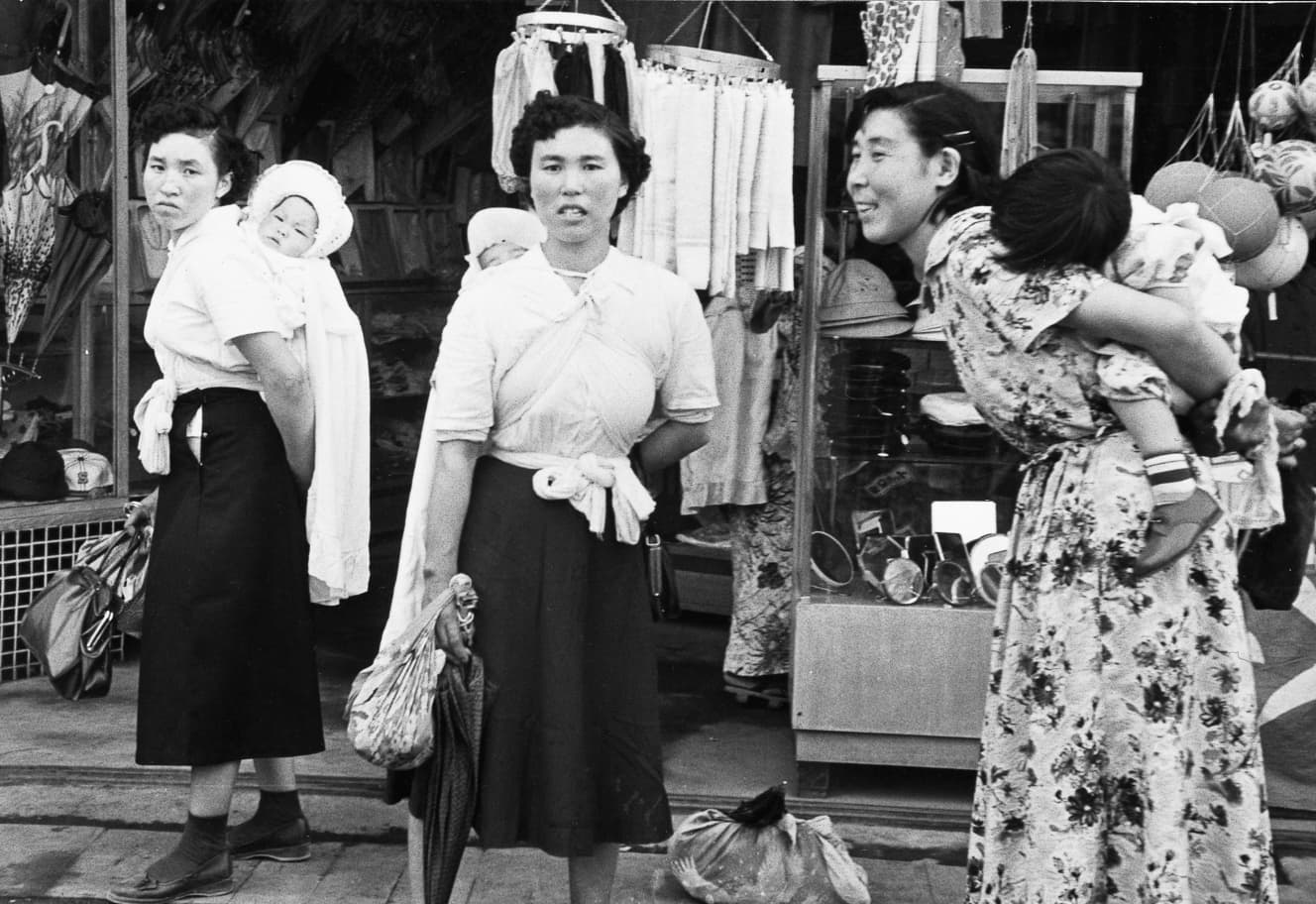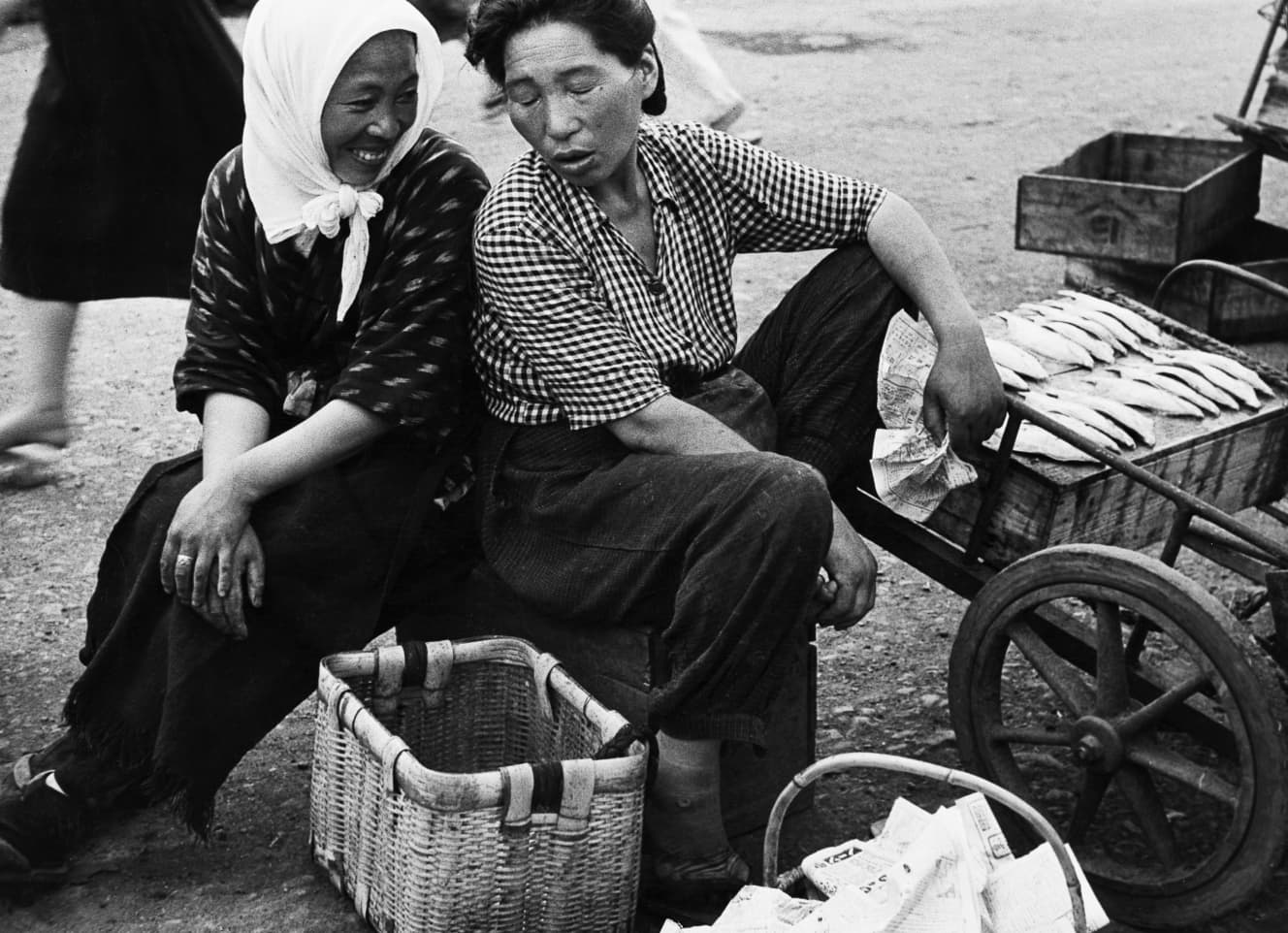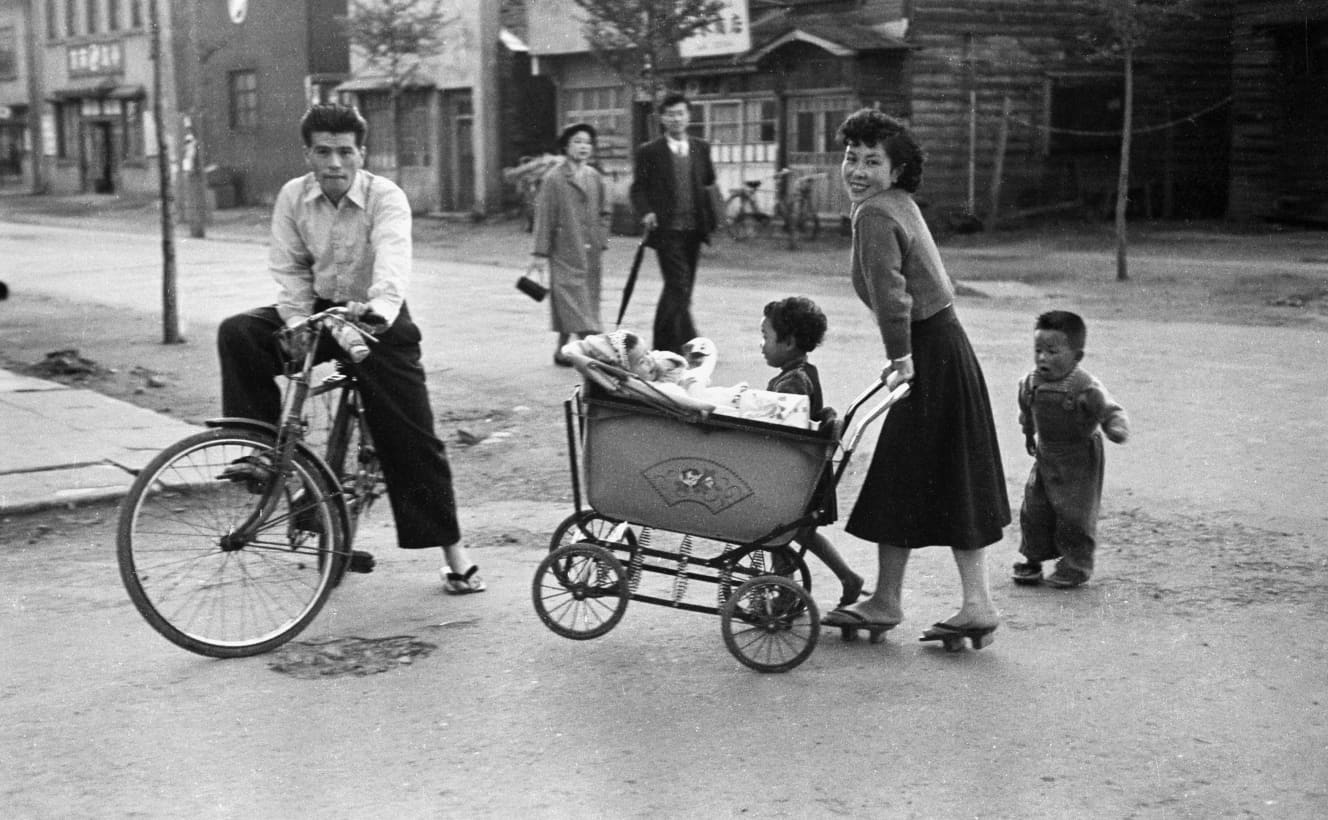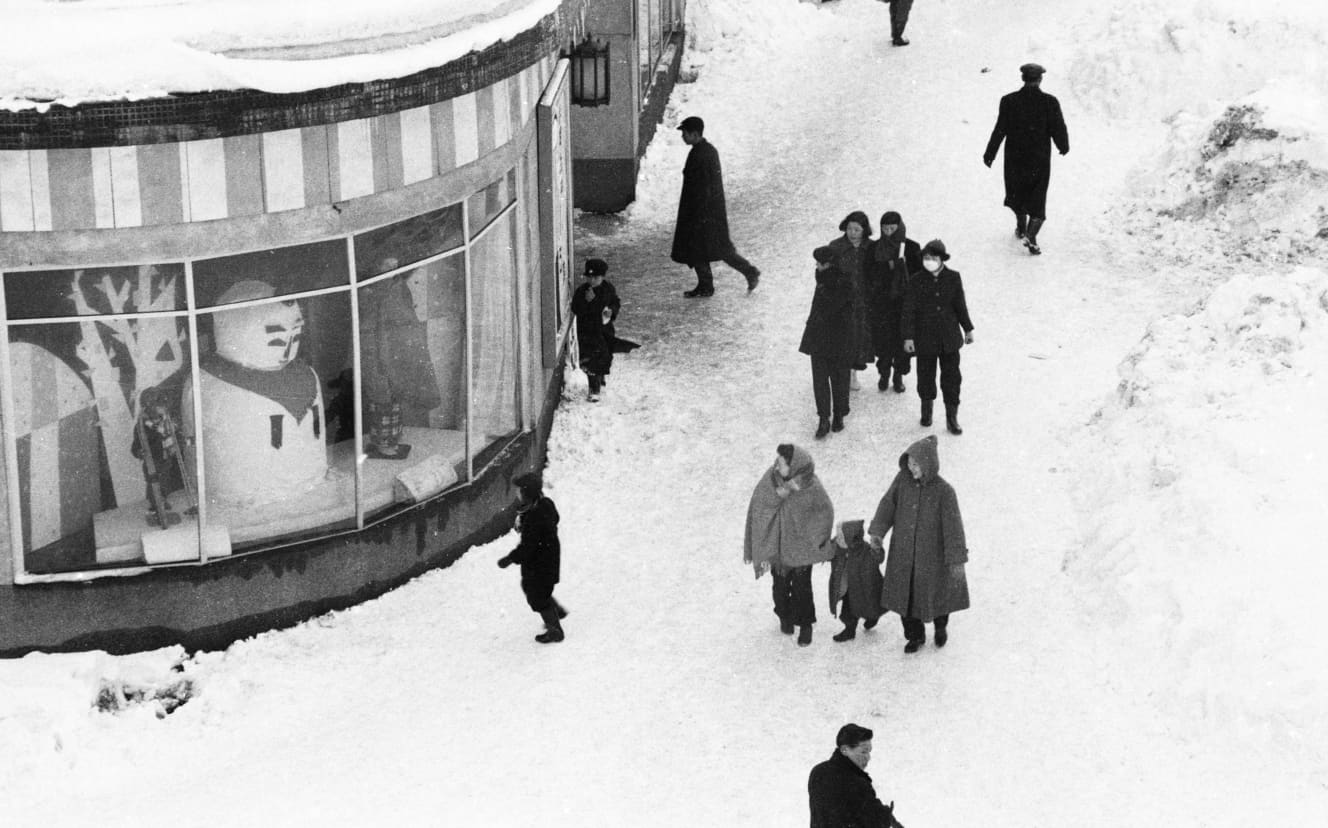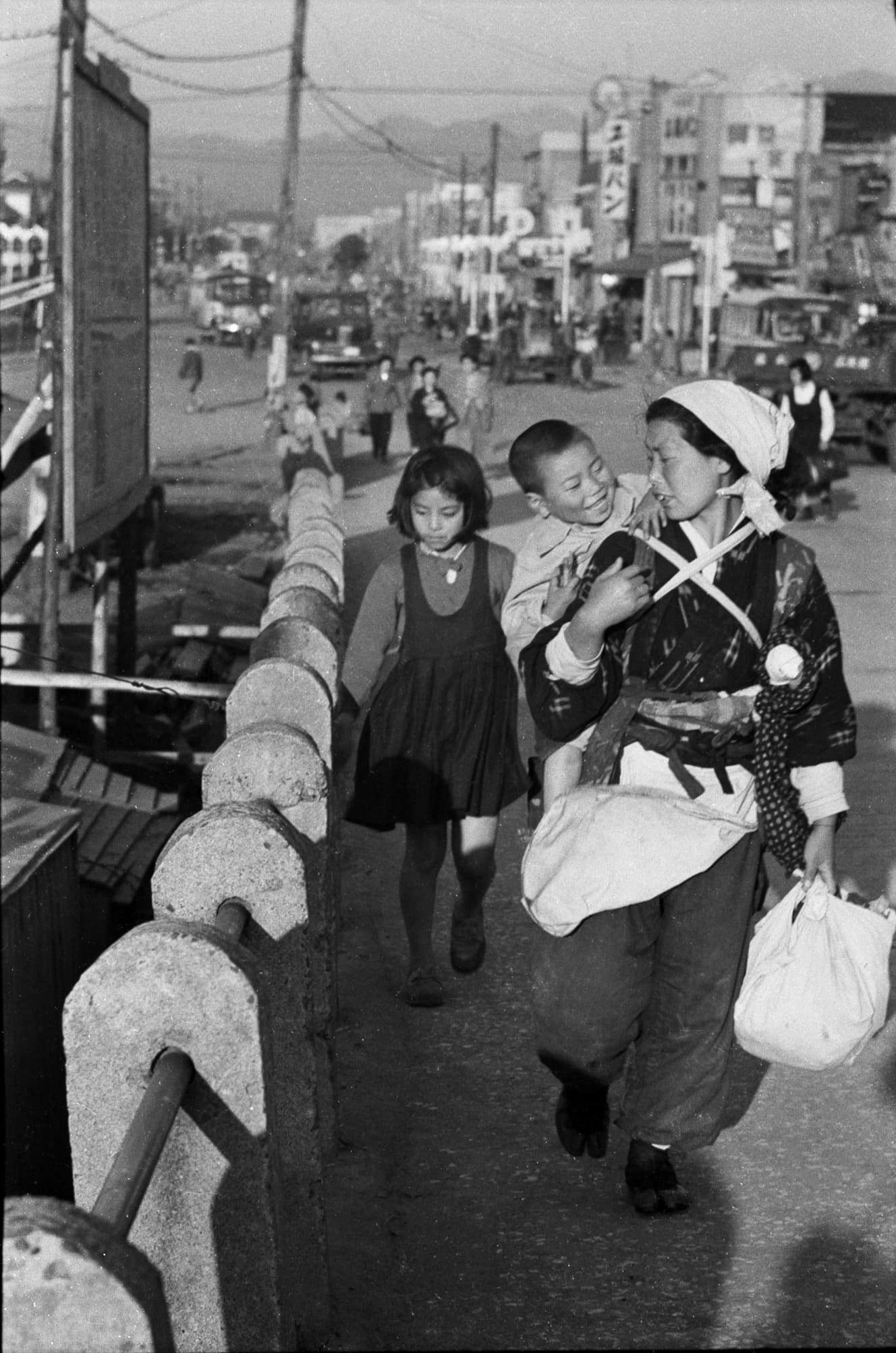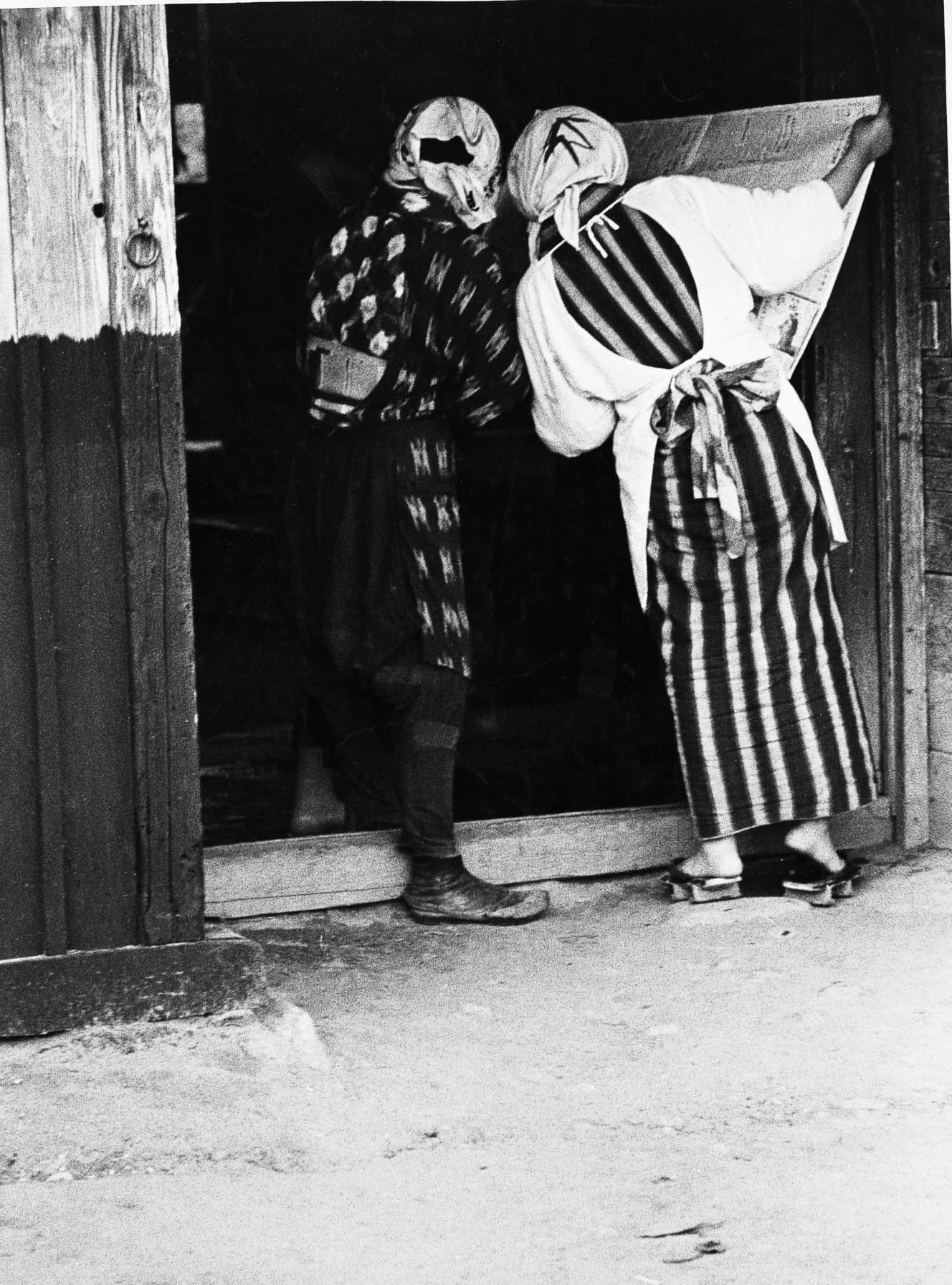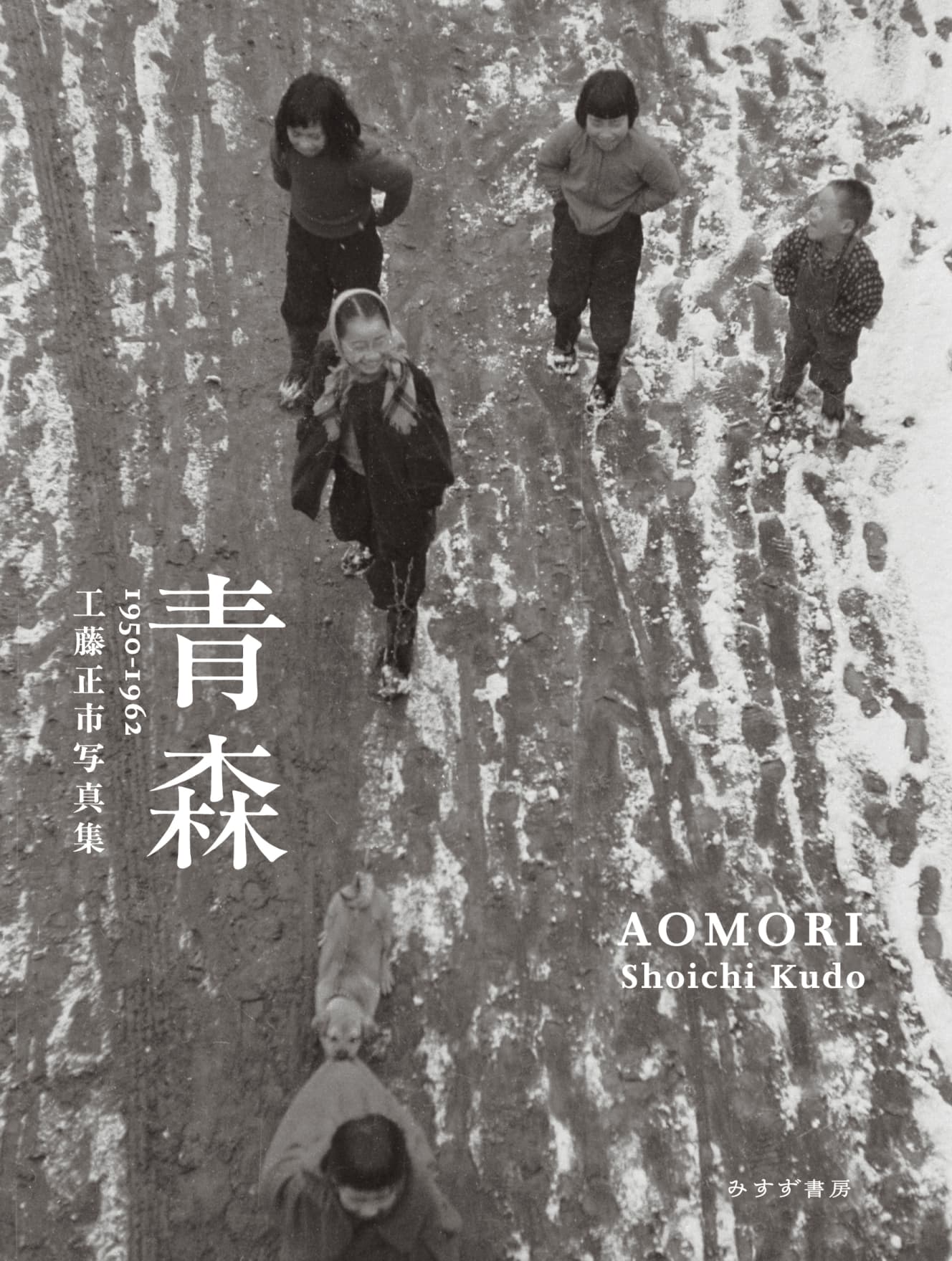Why a 70-Year-Old Photo of Aomori from Instagram Has Reached a Global Audience
This is the kind of everyday life that existed in Japan in the mid-Showa period.
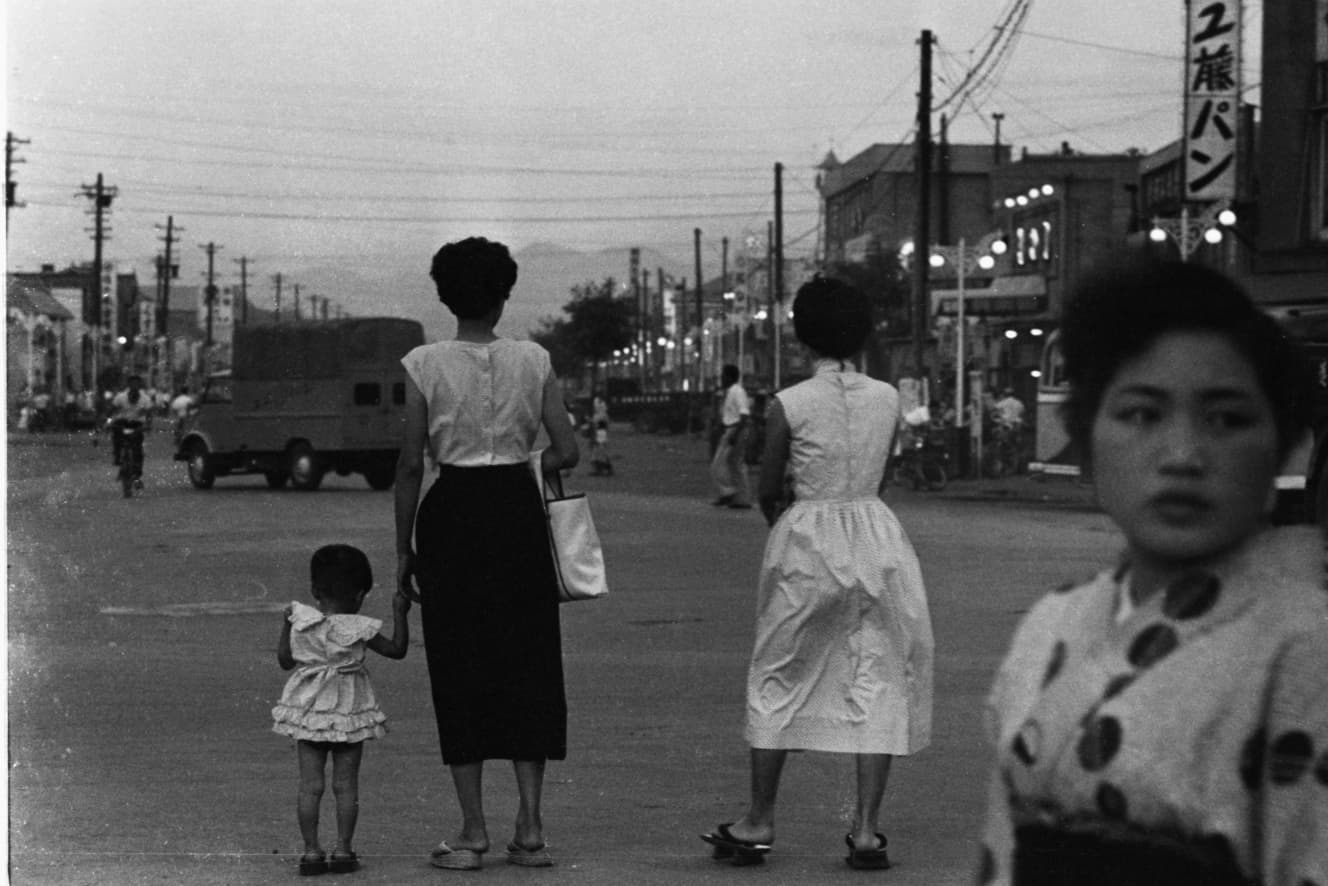
My father took a lot of old photographs. I thought about throwing them away, but I’m glad I didn’t. I didn’t realize that so many people from all over the world would be able to see them.”
A photo of the people of Aomori taken 70 years ago has become a hot topic. The photo was taken by Masaichi Kudo. He was a photographer for Aomori’s Tooku Nippo. The photo of “Aomori in the mid-Showa period” taken by Mr. Kudo was published on Instagram by his daughter, Kanako, and has been receiving a great response from both inside and outside Japan.
Mr. Shoichi, who was born in Aomori Prefecture in 1929, passed away in 2014. When I was sorting through his belongings, I found a large number of photos taken by Shoichi-san. The photos were of the people of Aomori 70 years ago.
It was decided that the large number of photos that had been printed would be kept at the Aomori Museum of History as valuable living documents of that time. On the other hand, the unprinted negative film was left in the closet.
In 2018, when his mother moved into a facility and he was sorting through his belongings, he found a large and small cardboard box of bare negative film in a dresser drawer and a closet bag.
I was stunned at first,” he said. I was stunned at first,” he said. “My father was a man who was passionate about his hobbies, and he loved growing plants and fishing. We have found hundreds of fishing rods and hundreds of pots left behind. I had to give them away to people I knew or dispose of them. That’s why when I found the negative film, I said, “Even if we only had the film, we’d be in trouble. What should we do with it? Do we throw it away? What do you do with it? Throw it away?’ It was like that. I thought it might be a family photo or a landscape photo of Aomori, so I thought I wouldn’t need it.
Kanako’s husband, who is a TV cameraman, saved her from this.
Kanako’s husband, who is a TV cameraman, saved her from this situation. “These days, there are machines that can convert film to digital data, so he suggested I see what I could capture with it first.
The daughter was cool with her father’s hobby. My husband, however, was surprised.
She started saying, ‘This is a great picture,’ and scanned it for everyone to see.
Kanako was also surprised when she saw the photos her father had left behind. Kanako was surprised when she saw the photos that her father had left behind. They showed powerful and real “life” photos, where you could almost hear the voices of the people of Aomori.
She said, “Before he died, my father told me that he didn’t have any photos left that he could show people, so I was very surprised that he had taken such wonderful photos.
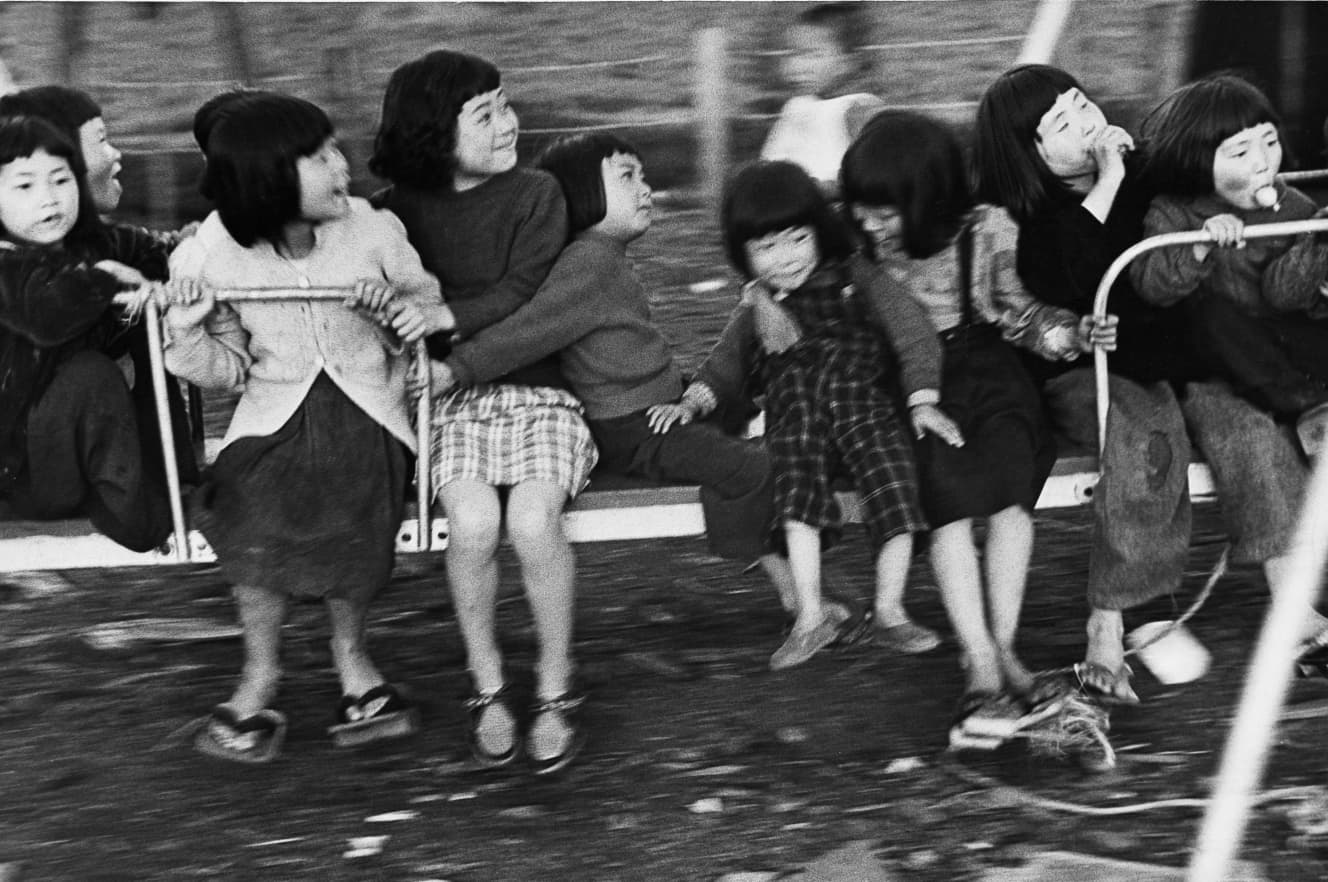
A photo supporting “working women” struck me.
In the fall of 2021, a photo collection entitled “Aomori 1950-1962: Shoichi Kudo Photo Collection” was published. Included in the book are 366 photographs from 1950 to 1962. This was the period when Masaichi was taking pictures while working and actively submitting them to camera magazines. His photographs were selected for prizes many times, and he once won first prize in the annual competition.
He sometimes talked about those days, but he never bragged about it, and we never asked him about it. …… But when I looked at my father’s photos again, I realized that they were really complete photos, with everyone looking so happy and alive. I could look at them for hours.
Right now, the town of Aomori is deserted, and there are not many people walking around. But when I look at the photos, I see that there are a lot of people in the main street in front of the station. I can feel the energy of the city. Grandfathers carrying children on their backs, grandmothers with bent backs pulling rear carts, small children playing with babies on their backs, it was normal for adults, children, and the elderly to work. There was so much energy, and I could feel that people were working hard every day.
From 1950, five years after the defeat, to 1962, just before the Tokyo Olympics. What were the expressions on the faces of the people living in the local cities of Japan during the period of rapid economic growth? Looking at this collection of photographs, the vigorous “life” of the people comes to life.
Children are staring at the camera. They are playing outside with smiles on their faces. Women are talking on the street. They are chatting while working. Each cut exudes “life”.
Mothers working while raising children, women doing manual labor. …… Many of Shoichi’s photographs feature working women.
It was the first time I noticed that my father had a perspective that supported working women.
They are all in good spirits and have wonderful smiles. I wonder if I could smile like this if someone pointed a camera at me right now.
Yes, I would. At that time, cameras and film were precious commodities, and it was rare to take pictures. Even if a stranger asked me to take a picture, I would be wary. I think the reason why there are so many pictures of smiling faces is because my father was smiling.
A smiling father. Is that what Kanako remembers?
I don’t know many fathers like that. The father I knew was a man of few words, and he was not the kind of person who chatted with the family.
It seems that through photography, she was able to meet a father she never knew.
(Continued on next page)
It’s just like our village. “ Just like our village” and “Cool!
Now, 70 years later, many people have been moved by Shoichi’s photos. Since he uploaded the photos on Instagram, he has been receiving various comments from overseas.
One person from Chile told me, “It’s just like the scene in our village right now,” which made my heart beat faster. I’ve also been contacted by people from France and Spain, and rather than feeling nostalgic, they say things like, ‘I like the expression on this girl’s face,’ or ‘The fishermen look cool. They seem to approve of the photos, and I’m grateful for that.
Kanako is the director of the TV program “Sekai Fushigi Hakken! Kanako is the director of the TV program “Sekai Fushigi Hakken! Before his death, Shoichi said this about Kanako when he saw the programs she was in charge of.
Before he died, Shoichi said of the programs that Kanako worked on, “My father was a bitter man, and most of the time he would say, ‘It’s not interesting,’ but he would praise them when they showed the lives of ordinary people or depicted human beings. I also think that it would be more interesting to introduce not only rare things, but also the life of each country and small happiness. It’s not something that my father taught me for my work, but I think I’ve learned it unconsciously.
Mr. Shoichi’s photographs reflect the image of Japanese people in the mid-Showa period, who believed that “tomorrow will be better than today. The strength and freedom of being able to believe in the future is dazzling. The photographs of “Aomori” evoke even a choking feeling in my heart. There are indeed “miraculous moments” engraved on them.
All photos ©shoichi_kudo_aomori(Aomori 1950-1962: A Collection of Photographs by Masaichi Kudo, Misuzu Shobo. A collection of 366 photographs from the remaining paper and film. The book also includes a map showing the points of Aomori city where the photographs were taken.
Interview and writing: Izumi Nakagawa Photo: Shoichi Kudo (from the photo book "Aomori 1950-1962: Shoichi Kudo Photo Collection")
